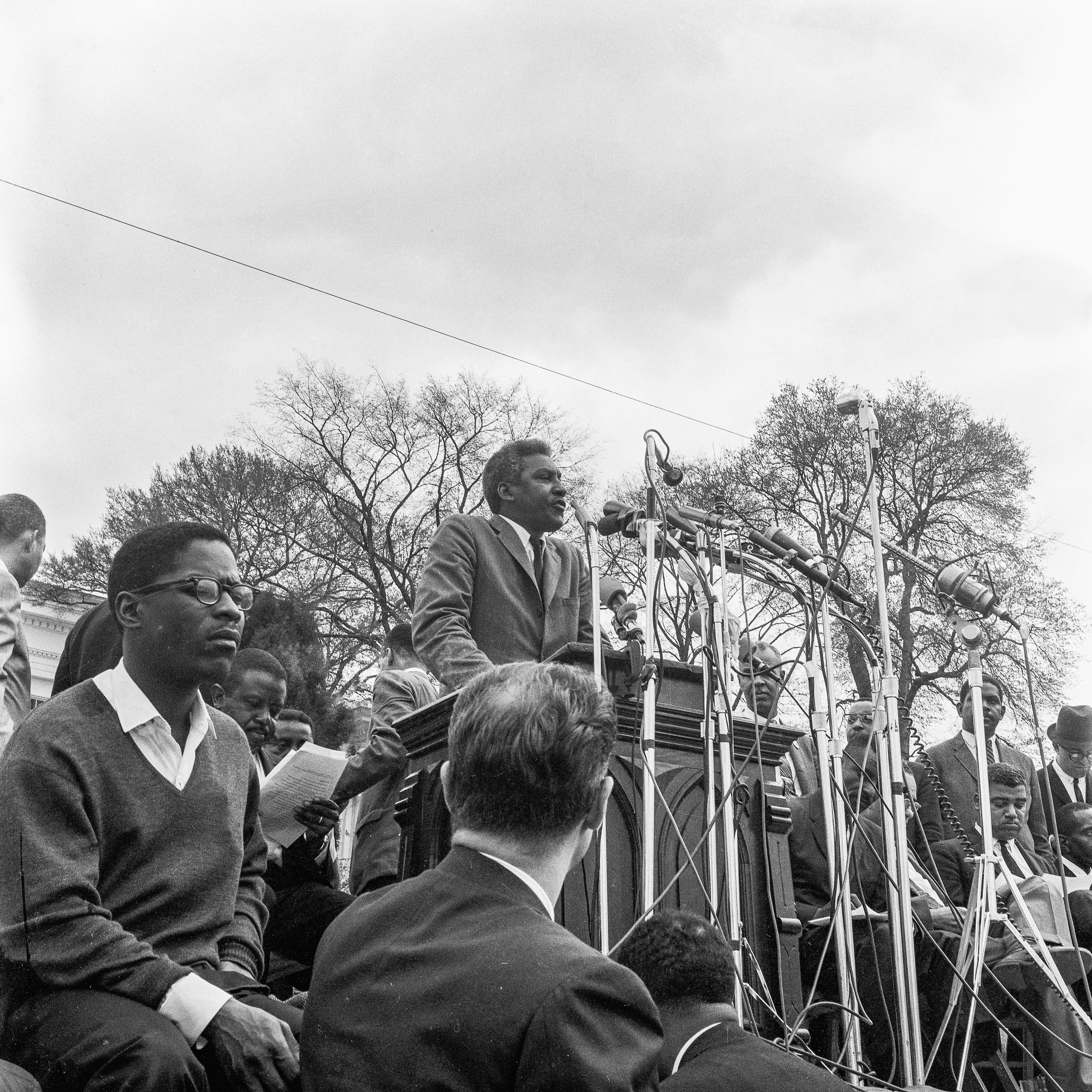In a world influenced by social media clout and likes, it’s necessary to clarify that protests are not a vain occasion but what you wear is essential. As history shows time and time again, even the most peaceful of protests have led to violence. Much like during the Civil Rights Movement in the ’60s and ’70s, it’s important to be prepared — specifically in your choice of protest clothing. So when you’re deciding what to wear to a protest, put style aside and practicality and safety at the forefront.
Contrary to popular belief, clothing has almost always been about something other than appearances. But to the Black community, specifically, dressing in our “Sunday Best” has held a different kind of power. The antithesis of White hippies who used their disheveled protest clothing to “resist the system” is Black activists in the 1960s who wore suits, ties and dress shoes as they protested in the streets for their rights to be fairly integrated into society.
Many protesters believed that “proper” dress and a certain level of presentability would make them appear less threatening and that maybe, just maybe, it would change the perception of Black people in the eyes of other communities. This idea to go without protective gear, though needed at times, as they marched through the Confederate South, was deliberate and in many ways for their own safety, as they weren’t wearing “fighting clothes,” but clothes for peaceful negotiation. However, if the past 40 years have proved anything, it’s that being Black is the only prerequisite for being subjected to these severe injustices that wind through our nation’s history—it doesn’t matter how one dresses or how eloquently one speaks. Our presence is threatening simply because we’re Black.
Now in 2020, as protesters continue to flood the streets and demand justice, it’s important that the choice of clothing is strategic. There is an assortment of items needed to keep you protected that doesn’t include a well-tailored blazer or suspenders. Instead, as influencer Aerin Creer suggested on Twitter, grab pieces like a drawstring hoodie and sneakers—as comfort is key for long days. As for the rest of the outfit, opt for your favorite black activewear leggings to keep you moving freely and a short-sleeve fitted top made from a water-wicking material for air circulation on particularly hot days.
There’s an eerie difference in clothing needed today, compared with that of the late ’60s. Both styles of dress, however, represent self-preservation in times of injustice. This list goes on to include other sensible items.
Mask
The COVID-19 pandemic aside, police have been asking people at protests to submit pictures of individuals in attendance and wearing a mask helps prevent your identity.
Gloves
In case you come in contact with fire or tear gas while peacefully protesting, having a pair of techknit gloves in your arsenal is beneficial in keeping your hands protected.
Drawstring Hoodie
Opt for a hoodie that’s your right size and provides a slightly snug fit. It should also have a drawstring hood, as it gives you the option to secure your goggles on your head and keep your hair out of the way.
Sneakers
Protesting often means a lot of walking so comfortable footwear is a must. But you’ll want to go with a pair of running shoes without any flashy colors, details or logos, so you won’t call attention to yourself.
Backpack
A backpack is great for keeping your smaller essentials for the long day ahead. This can include everything from a water bottle, a granola bar and other snacks, to your keys, wallet and first aid kit.
Glasses and Goggles
To protect your eyes from flying debris, tear gas and other unknown elements, always have a pair of shield-style glasses at your disposal.
Nondescript Clothing Without Logos
To protect yourself, be sure to wear something that’s not easily identifiable. If you can’t find any nondescript protest clothing, try wearing them inside out to distort the branding image.
Black or Dark-Colored Clothing
Dressing in all black and dark-colored protest clothing will help you blend in if necessary. It also helps you maintain a low-profile both in pictures and in person.
Fitted Clothing
Wearing close-fitting garments is essential in case things escalate and you need to remove yourself from the situation. It will allow you to run a lot faster than you would with wide-leg pants and baggy sweatshirts.
Moisture-Wicking Materials
The weather can be unpredictable and wearing water-wicking materials will keep you cool and dry in unexpected downpours. Find pieces made from windbreaker materials and nylon for the best results.
Source: Read Full Article
